| Name | Elevation | Photo |
|---|---|---|
| 3,990.00 m | ||
| 3,925.00 m | 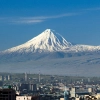 | |
| 3,852.00 m | 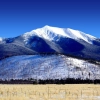 | |
| 3,776.20 m | 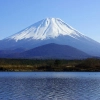 | |
Teide Techo Provincial de Santa Cruz de Tenerife y cima más alta de Espanya Tenerife La Orotava África | 3,715.58 m |  |
Mulhacén Techo Provincial de Granada y cima más alta de la Península Ibérica Sierra Nevada Capileira Güéjar Sierra Trevélez Europa | 3,478.69 m | 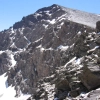 |
| 3,446.00 m |  | |
| 3,427.00 m | ||
Pic d'Aneto Sostre Provincial d'Osca i cim més alt dels Pirineus Massís de la Maladeta Benasque Europa | 3,404.00 m |  |
| 3,395.68 m | 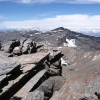 | |
| 3,375.00 m | 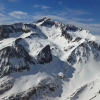 | |
| 3,369.00 m | 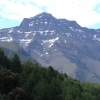 | |
| 3,361.70 m | ||
| 3,355.00 m | 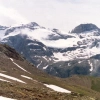 | |
| 3,355.00 m | 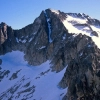 | |
| 3,352.00 m | ||
| 3,350.00 m | 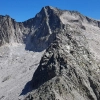 | |
| 3,350.00 m |  | |
| 3,350.00 m | 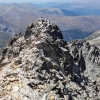 | |
| 3,346.00 m | 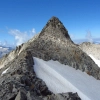 |
Earth is the third planet from the Sun and the only astronomical object known to harbor life. About 29% of Earth's surface is land consisting of continents and islands. The remaining 71% is covered with water, mostly by oceans but also by lakes, rivers and other fresh water, which together constitute the hydrosphere. Much of Earth's polar regions are covered in ice. Earth's outer layer is divided into several rigid tectonic plates that migrate across the surface over many millions of years. Earth's interior remains active with a solid iron inner core, a liquid outer core that generates Earth's magnetic field, and a convecting mantle that drives plate tectonics.
According to radiometric dating estimation and other evidence, Earth formed over 4.5 billion years ago. Within the first billion years of Earth's history, life appeared in the oceans and began to affect Earth's atmosphere and surface, leading to the proliferation of anaerobic and, later, aerobic organisms. Some geological evidence indicates that life may have arisen as early as 4.1 billion years ago. Since then, the combination of Earth's distance from the Sun, physical properties and geological history have allowed life to evolve... Wikipedia ()
